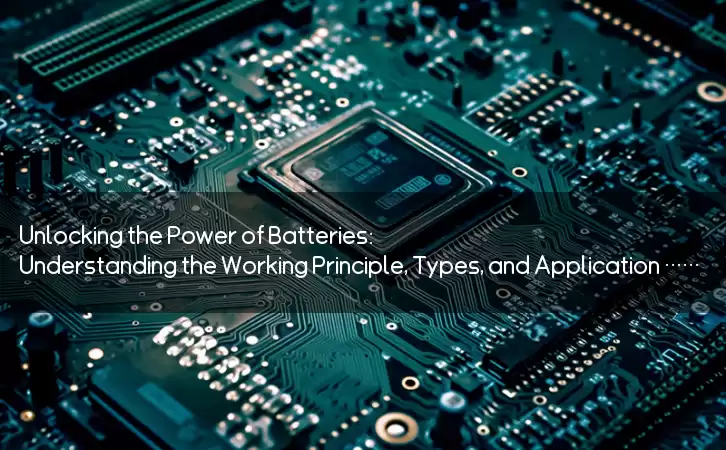Information Center
Unlocking the Power of Batteries: Understanding the Working Principle, Types, and Applications of Battery Charger Circuits
Published:2023-08-04 20:33:42 Author:Green WCND Views:61A battery charger circuit is an electronic circuit that is used to charge batteries. It is a crucial component in devices that rely on batteries as a source of power, such as smartphones, tablets, laptops, and electric vehicles. A good battery charger circuit is efficient, safe, and reliable, and can extend the life of the battery. In this article, we will discuss the basic working principle of a battery charger circuit, its types, and its applications.

Working Principle of Battery Charger Circuit

A battery charger circuit works on the principle of converting the AC voltage into DC voltage, which is used to charge the battery. The AC voltage is first rectified by using a rectifying circuit, which converts it into a pulsating DC voltage. This pulsating voltage is then passed through a filter circuit to remove the unwanted AC component from the signal. Finally, the filtered DC voltage is regulated using a voltage regulator circuit to ensure that the battery is charged at a constant voltage and current.

Types of Battery Charger Circuit
There are mainly two types of battery charger circuits, which are:
1. Linear Charger Circuit: In this type of circuit, a linear voltage regulator is used to regulate the voltage across the battery. It is simple and easy to implement, but it is not very efficient as it dissipates a lot of heat, especially when charging high-capacity batteries.
2. Switching Charger Circuit: In this type of circuit, a switch-mode power supply is used to regulate the voltage and current across the battery. It is more efficient than the linear charger circuit as it wastes less energy in the form of heat. It can also handle a wide range of input voltage and current, making it suitable for charging different types of batteries.
Applications of Battery Charger Circuit
A battery charger circuit is an essential component in devices that rely on batteries as a source of power. Some of the applications of the battery charger circuit are:
1. Smartphones and Tablets: Most smartphones and tablets come with their own battery charger circuit that is used to charge the battery. These circuits are designed to charge the battery quickly and efficiently, without causing any damage to the device or the battery.
2. Laptops: Laptops also come with their own battery charger circuit that is used to charge the battery. However, some laptops also have a separate docking station that contains a more powerful charger circuit that can charge the battery faster.
3. Electric Vehicles: Electric vehicles rely on high-capacity batteries to provide power to the motor. These batteries need a powerful charger circuit that can handle high voltage and current to charge the battery quickly and efficiently.
Conclusion
In conclusion, a battery charger circuit is a vital component in devices that rely on batteries as a source of power. It is important to choose the right type of charger circuit that is efficient, safe, and reliable, to ensure that the battery is charged quickly and effectively, without causing any damage to the device or the battery. With the advancement of technology, we can expect more efficient and advanced battery charger circuits in the future, which would make our lives even more convenient.
As a manufacturer dedicated to providing high-quality kitchen appliances, choosing the right power adapter for your rice cooker is crucial to ensuring product s···
As a manufacturer of all-in-one desktop PCs, the power adapter serves as the "invisible guardian" of stable device operation. It must not only precise···
IntroductionGolf carts serve as vital transportation tools on golf courses, and their performance and reliability are crucial for enhancing player experience an···
The battery pack is the heart of a golf cart, silently powering every acceleration and climb on the green. However, battery degradation often goes unnoticed, mu···





